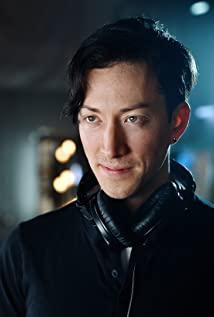In the past month, I used every night to finish reading both of Narita Ryogo's works.
I watched the beginning of The Headless Horseman Leaks a few years ago, but didn't follow it. This time, I finally finished watching the 4 seasons in vain. Overall, I wouldn't be disappointed if I didn't expect too much. The work has a very good narrative ability, but the pattern of this ability is too small, and it lacks long foreshadowing and the strategy of retelling the plot at the most appropriate time. It can only depict small events in a single episode or in series 2 or 3 episodes. Characters are a huge failure. Several protagonists are promoting the plot in a way of "taking it for granted", and almost all of them use paranoia as their background - the headless knight, then the paranoia towards Silla, Silla's paranoid towards Selti , The leader's paranoia towards Anri, Varona's paranoid towards Shizuo, Oriya's paranoid towards human love, the two women's paranoia towards Seiji, Seiji's paranoid rivalry, and so on. But among all these paranoid emotions and characters, the most credible are the feelings of Silla and Celti, which is the fundamental reason why they became the main line later. Because of the way the author pushes the plot violently, the other lines have in fact lost their meaning of description. Paranoia does not need to explain the reason, but paranoia does not need to explain the ending. In a world where all characters are paranoid, nothing happens or doesn't happen by choice - this is why I said that Narita Liangwu took the characters for granted and portrayed them. s reason. In particular, the bug-like existence of Sin Song enriches the dark and profound side of "urban legends", but it is a huge and indescribable loophole. Similar to it is Varona, who suddenly appeared in the third season. The line of the door was not enough before, so Varona had to rely on a wave of affection with Shizuo to forcibly continue her life.
The narrative of the wine of immortality is more exciting, because it is narrated in two very small spaces (the ship that summons the devil, the train where the carnage takes place) and three points in time. Because of the limited and narrow points, the narrative line is woven into a solid and fine mesh. But unfortunately, this work is also a world where almost everyone is paranoid, the desire for slaughter that needs no explanation, the immortals fighting each other, the indescribable good luck of stupid thieves... But it is worth commending that, go to The centralized narrative makes the seemingly big boss less important, and there is no big boss, no protagonist and hero. A counter-intuitive narrative paradigm paired with a counter-intuitive world is just as appropriate.
View more about Baccano! reviews











